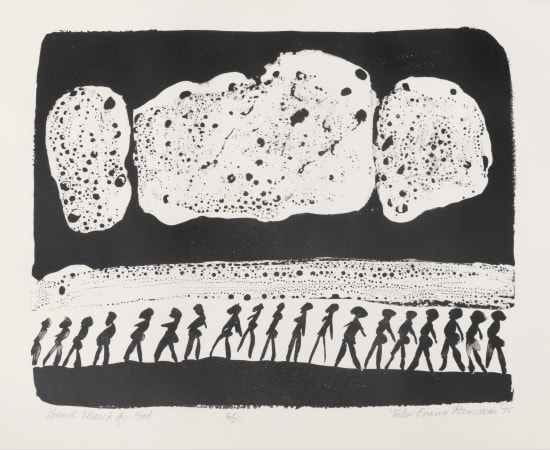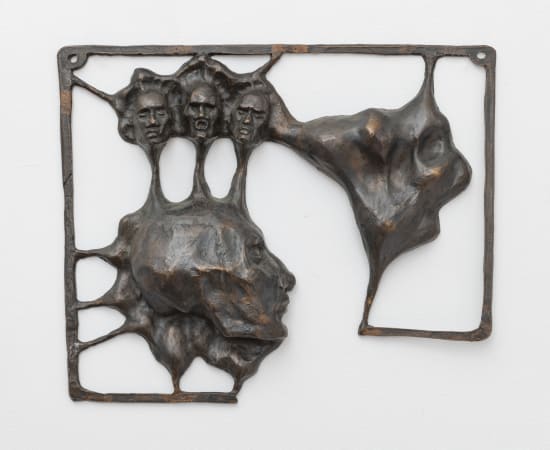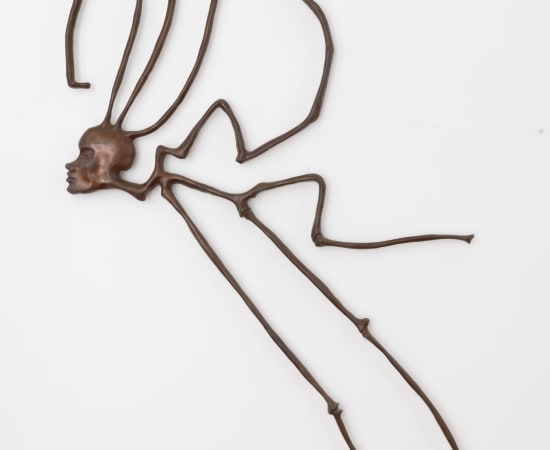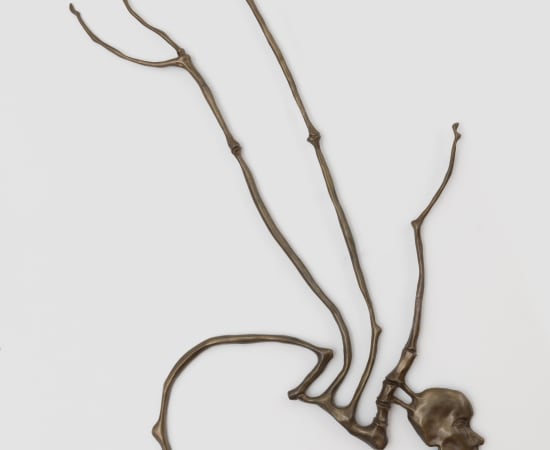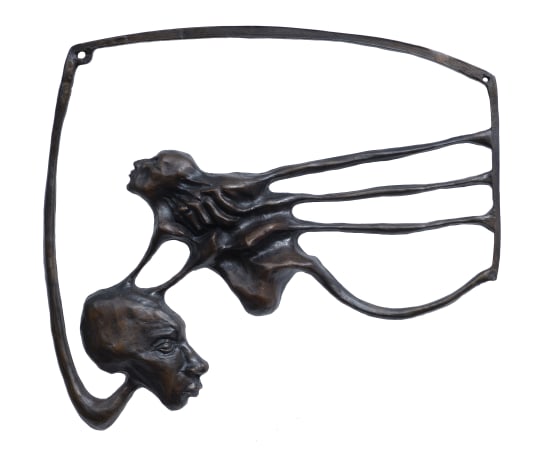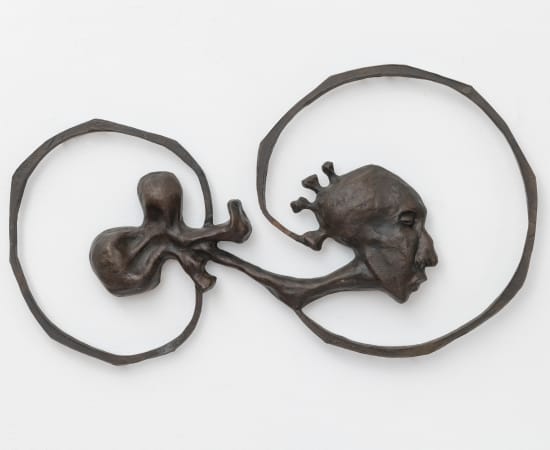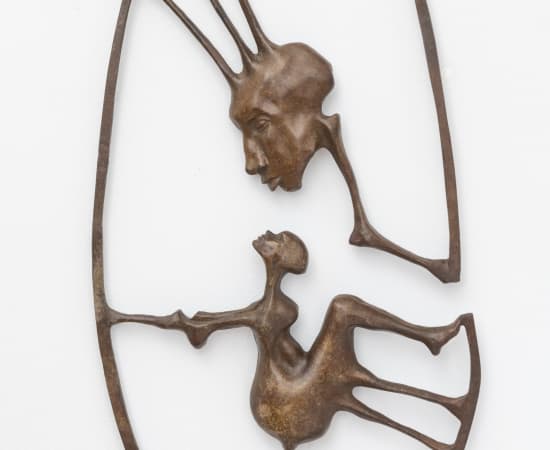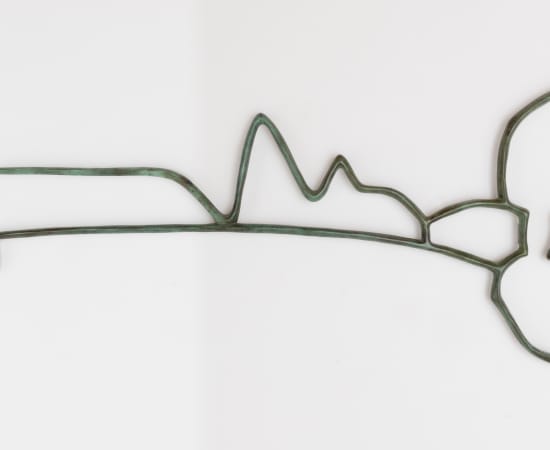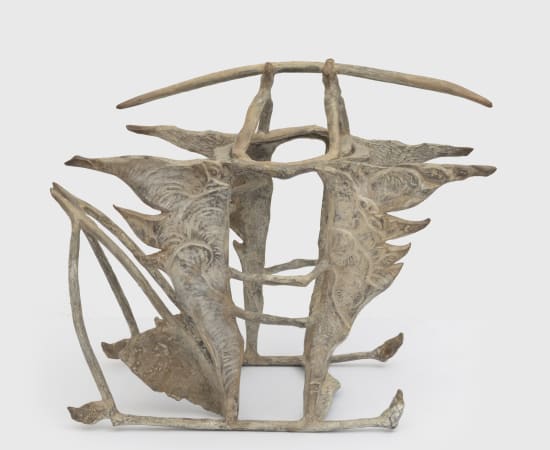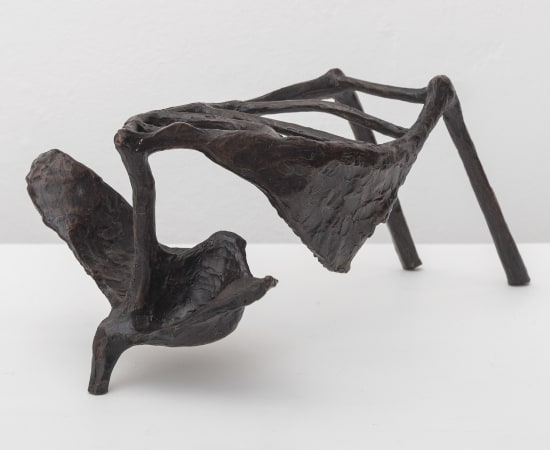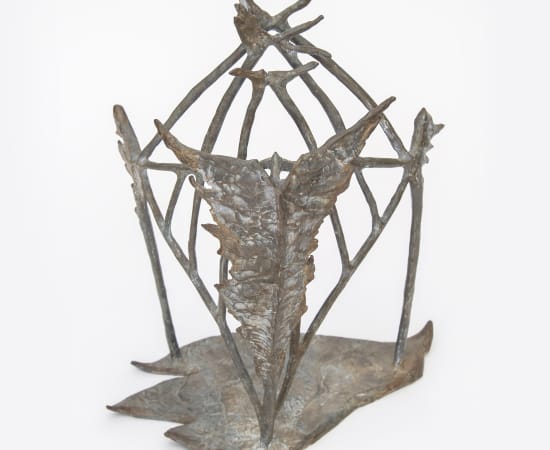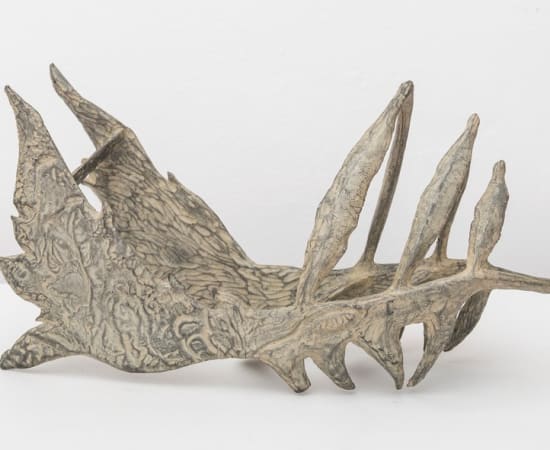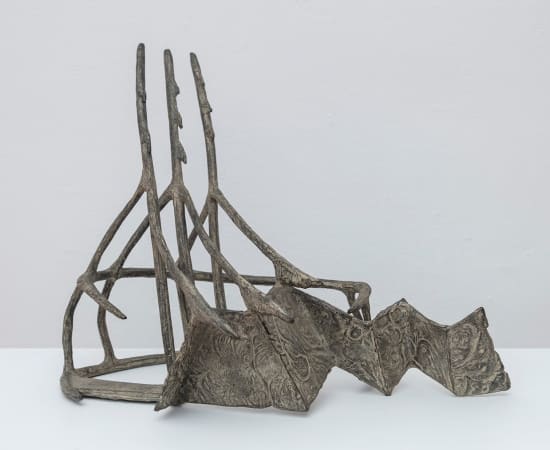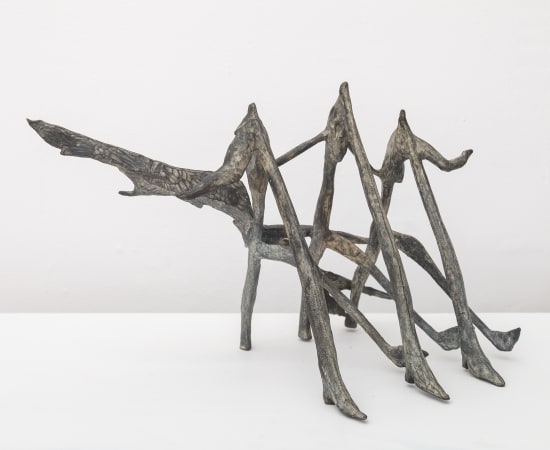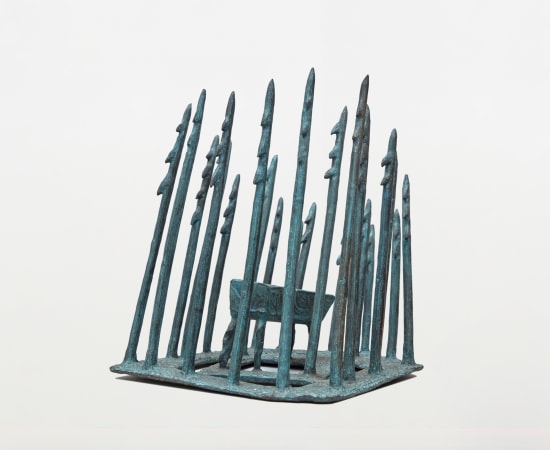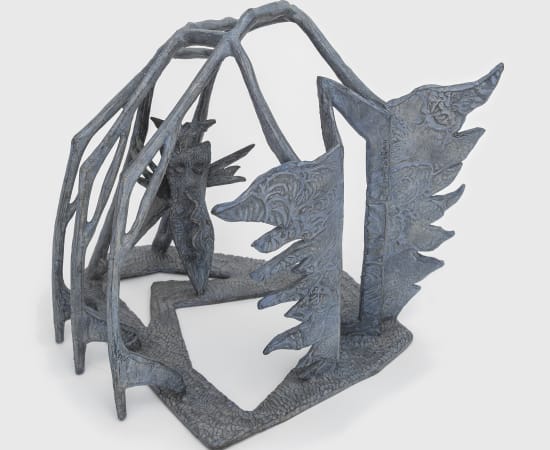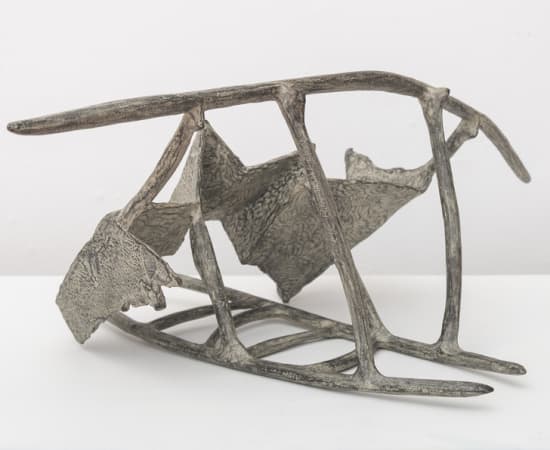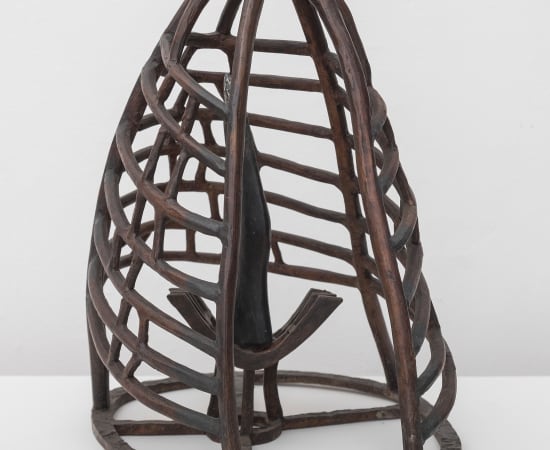Helen Ramsaran was born in Bryan, Texas in 1943. She received a Bachelor of Science degree in Art Education (1965) and a Masters of Fine Art in sculpture (1968) from Ohio State University, where she studied bronze casting under David Black and welding with John Freeman. From 1968-69, Ramsaran taught at Florida A&M University and later at Bowie State University in Maryland from 1970 to 1973. She studied photography at the New School for Social Research in New York (1973–74), and anatomical drawing at the Art Students League in New York from 1975-1976. Ramsaran retired as an Associate Professor of Art at John Jay College of the City of University of New York in 2008.
Ramsaran moved to New York City in 1973. Shortly thereafter (1978), she created a series of bronze relief sculptures called Visual Tales. This is her only series that is autobiographical in its statement and assumes the form of a visual narrative. The images and forms are somewhat calligraphic, thus posing some very delicate and challenging casting problems. In executing this body of work at the Johnson Atelier Technical Institute of Sculpture in Princeton, New Jersey, Ramsaran was able to perfect the technique of casting very delicate bronze sculptures.
In the 1980s, Ramsaran's work took a major shift and developed into an exploration of ancient rituals, ancient African oral traditions, ancient myths, mysterious fossilized remains, supernatural power, and African inspired architecture. Although her sculpture during this period and beyond is inanimate, there is a lurking sense of humanity's presence. The subtle carvings on many of Ramsaran's bronze sculptures are meant to represent African scarification and elements in nature, such as lightning and rain that mark the change in planting seasons and, that speak of a lost reverence for nature and its life-sustaining power.
The research for Ramsaran's older works involved extensive travel, over a thirty-year period, throughout Africa, Europe, Mexico, China, and Japan. During the early 80's she traveled to Pietrasanta in Italy where she set up a small studio and spent several months casting in bronze. A few of the most pivotal moments in her research came when she visited Mexico (1982) where she observed the ancient sculpture and architecture of the Toltecs, Mayans, Zapotecs and Aztecs; Japan (1984) where she learned the delicate art of traditional Japanese papermaking or Washi while being apprenticed to the papermaker, Hiroyuki Fukunishi; and, in Zimbabwe (1987-1988) where she created a group of twenty stone carvings and bronze sculptures called Prehistoric Stamps that suggest the prehistoric origins of seeds, fossils, animals, and the Shona, Karanga and Ndebele people of the region. The overwhelming presence of granite boulders, in Zimbabwe, adorned with prehistoric, red ochre paintings of warriors and animals would forever shape Helen's approach to her work going forward.
Over many decades, Ramsaran has exhibitied nationally and internationally. In 1994, she had a solo exhibition at the Studio Museum in Harlem that traveled from the Chrysler Museum in Norfolk, Virginia. Public collections include the Sheldon Museum, and the Mead Art Museum among others. Ramsaran splits her time between New York and Europe.
